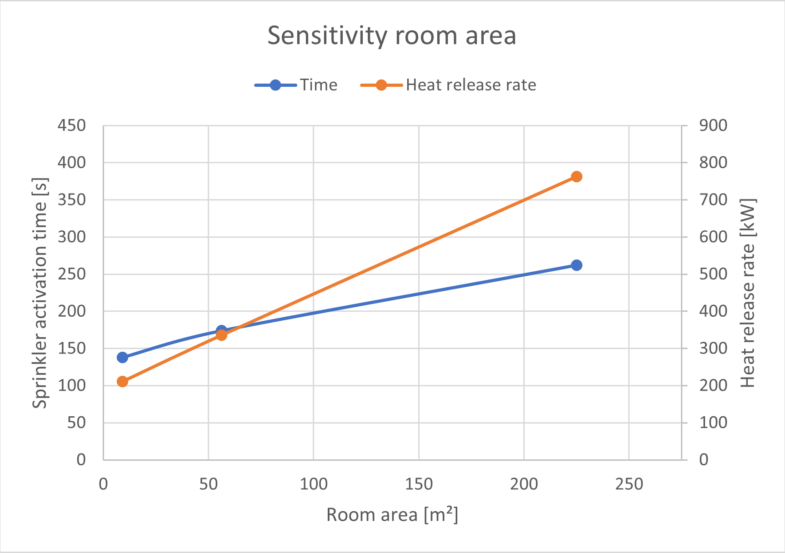Fire safety engineers recognize that low visibility does not result in incapacitation or death. However, low visibility creates a challenging environment for occupants to find and navigate the escape route, resulting in extended egress time and extended exposure to harmful combustion products. Inhalation of toxic combustion gases is the most common cause of death in a fire incident. The toxic combustion products are generally classified into two groups:
- Asphyxiants (which deprive the body of oxygen), and
- Irritants (which can cause pain to respiratory tracts and eye irritation).
Carbon monoxide (CO) and hydrogen cyanide (HCN) are the two main asphyxiants.
When occupants inhale CO, it mixes with oxygen in the bloodstream to form carboxyhemoglobin. This byproduct reduces the oxygen-carrying capacity of the blood, which eventually cause occupant incapacitation.
Fractional Effective Dose
The Fraction Effective Dose (FED) is a concept used to predict the incapacitation or death of occupants exposed to toxic gases.
The FED, developed by David A. Purser, measures airborne contaminants absorbed by an occupant before incapacitation or death. The equation for FED is:

FED – Carbon Monoxide
The fraction of an incapacitating dose of CO is calculated as (Equation 20.18 FDS user guide 6th Edition):

The above equation is identical to equation 63.18 in the SFPE handbook, where V and D are substituted as 25 and 30, respectively, when a subject is considered to be undertaking light work in accordance with SFPE Table 63.10.

Where,

Tenability Limits
ISO 13571 provides an estimated population range that is expected to get incapacitated for different ranges of the FED threshold.
| FED Range | Population % expected to get incapacitated |
| <0.3 | <11 % |
| Between 0.3 and 1 FED | 11 – 50% |
| Between 1 and 3 FED | 50 – 89% |
| FED > 3 | > 89% |
FED CO Calculation
A step by step process to calculate occupant exposure to carbon monoxide (FED CO) in FDS simulation is provided in the video below.
References
- ISO 13571
- Modelling toxic and physical hazard in fire, David A. Purser, Huntingdon Research Centre Ltd.
- http://www.firereporting.org/documents/resources/18.pdf
- https://gulffire.mdmpublishing.com/tenability-criteria-in-unique-situations-and-atypical-buildings/






